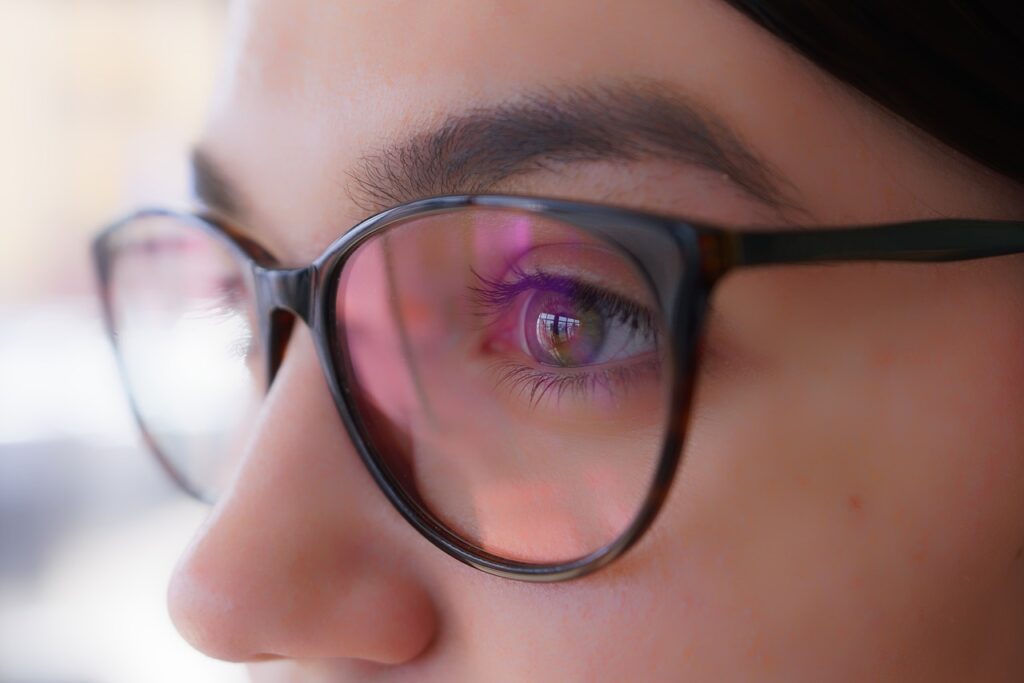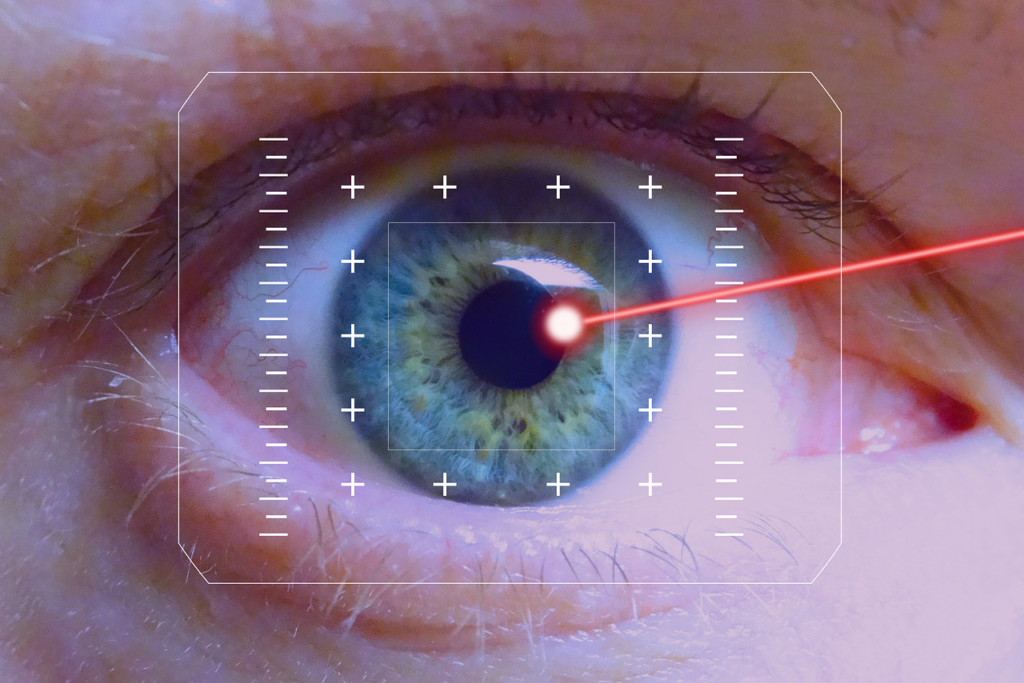Astigmatism is a common refractive error that affects millions of people around the world. It occurs when the cornea or lens of the eye is irregularly shaped, causing blurred or distorted vision. You may have heard of astigmatism at your last eye exam and wondered, “What level of astigmatism requires glasses?” In this blog post, we’ll break down the different levels of astigmatism, help you understand when corrective eyewear is necessary, and explain the signs and symptoms that may indicate you need Prescription Glasses. Whether you’ve just been diagnosed with astigmatism or suspect you might have it, this guide will help clarify everything you need to know.
When it comes to eye health, astigmatism can be a bit confusing for people who are not familiar with it. It’s not as simple as being short-sightedness or farsighted—astigmatism can affect your vision at all distances. The good news is that, in most cases, astigmatism is easily corrected with glasses or contact lenses. But how do you know if your level of astigmatism warrants glasses?
In this article, we’ll dive into the specifics of what level of astigmatism requires glasses, breaking it down by severity and symptoms. We’ll also cover how to detect astigmatism and what treatment options are available for those who need corrective lenses.
What is Astigmatism?
Astigmatism occurs when the cornea (the clear, round dome covering the eye) or the lens (the transparent structure inside the eye) has an irregular shape. Instead of being perfectly round like a basketball, the eye may be more oval-shaped, like a football. This uneven curvature causes light to be focused unevenly on the retina, leading to blurry or distorted vision. Astigmatism is measured in diopters, and the higher the number, the more severe the condition.

Understanding Astigmatism Levels
Astigmatism levels are typically classified as mild, moderate, or severe, based on the amount of correction needed. These levels determine whether or not glasses are required for clear vision.
Mild Astigmatism
Mild astigmatism is typically classified as 0.25 to 0.75 diopters. At this level, many people may not even realize they have astigmatism because their vision may only be slightly affected. For some, glasses might not be necessary at this stage, especially if they are not experiencing any noticeable vision problems. However, if you’re experiencing frequent headaches, eye tired, or difficulty focusing, mild astigmatism could still benefit from corrective lenses.
So, what level of astigmatism requires glasses? For mild cases, it largely depends on how much the blurriness affects your daily activities.
Moderate Astigmatism
Moderate astigmatism ranges from 1.00 to 2.00 diopters. At this level, most people will experience more noticeable visual disturbances, such as blurred vision at multiple distances, difficulty seeing clearly in low-light conditions, and headaches. For moderate astigmatism, glasses are usually recommended. They will help reduce strain on your eyes, improve clarity, and make daily tasks—such as reading or driving—easier.
If you’re experiencing moderate astigmatism, it’s likely that your eye doctor will prescribe glasses to correct the vision imbalance. This is where the question of “what level of astigmatism requires glasses” is answered with a clear recommendation: moderate astigmatism is best managed with corrective lenses.
Severe Astigmatism
Severe astigmatism is classified as anything above 2.00 diopters. At this level, vision is significantly affected, and glasses or contact lenses are almost always necessary. Severe astigmatism can lead to chronic headaches, difficulty concentrating, and serious vision problems without proper correction.
People with severe astigmatism often need customized lenses to correct their vision, as standard prescription glasses may not be enough. This level of astigmatism usually results in distorted or blurry vision at all distances, making it essential to wear corrective eyewear regularly.
If you’re dealing with severe astigmatism, there’s no question about whether or not you need glasses.
Signs You May Need Glasses for Astigmatism
Aside from knowing what level of astigmatism requires glasses based on diopters, it’s important to recognize the symptoms that might indicate you need corrective lenses. Even mild astigmatism can cause discomfort, and getting the right glasses can make a huge difference in your daily life.

Blurred or Distorted Vision
One of the most common signs that you may need glasses for astigmatism is blurred or distorted vision. This can occur at any distance, whether you’re reading a book, looking at your phone, or trying to read street signs at night with night driving glasses. If you notice that your vision is consistently unclear, it may be time to see an eye doctor.
Eye Strain and Headaches
Constantly squinting or straining your eyes to focus can lead to headaches and discomfort. Eye strain is particularly common for people with mild or moderate astigmatism who may not realize their vision is slightly off. If you find yourself dealing with frequent headaches, especially after activities that require focus (like reading or working on a computer), you might benefit from glasses.
Difficulty Seeing at Night
Astigmatism can make it especially difficult to see in low-light conditions, such as when you’re driving at night. If you notice increased difficulty with night vision, it could be a sign that your astigmatism is affecting your ability to focus in the dark.

Treatment Options for Astigmatism
Once you’ve determined what level of astigmatism requires glasses, it’s time to explore your treatment options. Glasses are the most common solution, but there are other alternatives as well.
Glasses
For most people with astigmatism, prescription glasses are the simplest and most effective solution. Glasses with special toric lenses are designed to correct the irregular curvature of the eye, allowing light to focus properly on the retina. This provides clear and comfortable vision, whether you’re dealing with mild, moderate, or severe astigmatism.
Contact Lenses
Contact lenses are another option for correcting astigmatism. Toric contact lenses are specially designed for people with astigmatism, offering a comfortable fit that stays in place and provides clear vision. Some people prefer contacts over glasses for aesthetic reasons or because they feel they offer a wider field of vision.
LASIK Surgery
For those who want a more permanent solution, LASIK surgery is an option to correct astigmatism. This laser eye surgery reshapes the cornea to correct the refractive error. While it’s not suitable for everyone, many people with moderate to severe astigmatism can benefit from LASIK and reduce their reliance on glasses or contact lenses.

Conclusion
So, what level of astigmatism requires glasses? In general, if you have moderate to severe astigmatism, eyeglasses are almost always recommended. Even those with mild astigmatism may find glasses helpful in reducing eye strain and improving vision clarity. The key is to pay attention to your symptoms—if you’re experiencing blurred vision, headaches, or difficulty seeing at night, it’s time to consult an eye doctor.
Got questions or experiences with astigmatism you’d like to share? We’d love to hear from you in the comments below!
For a great selection of prescription glasses tailored to astigmatism, visit us at Optics4Less for affordable and high-quality options.

